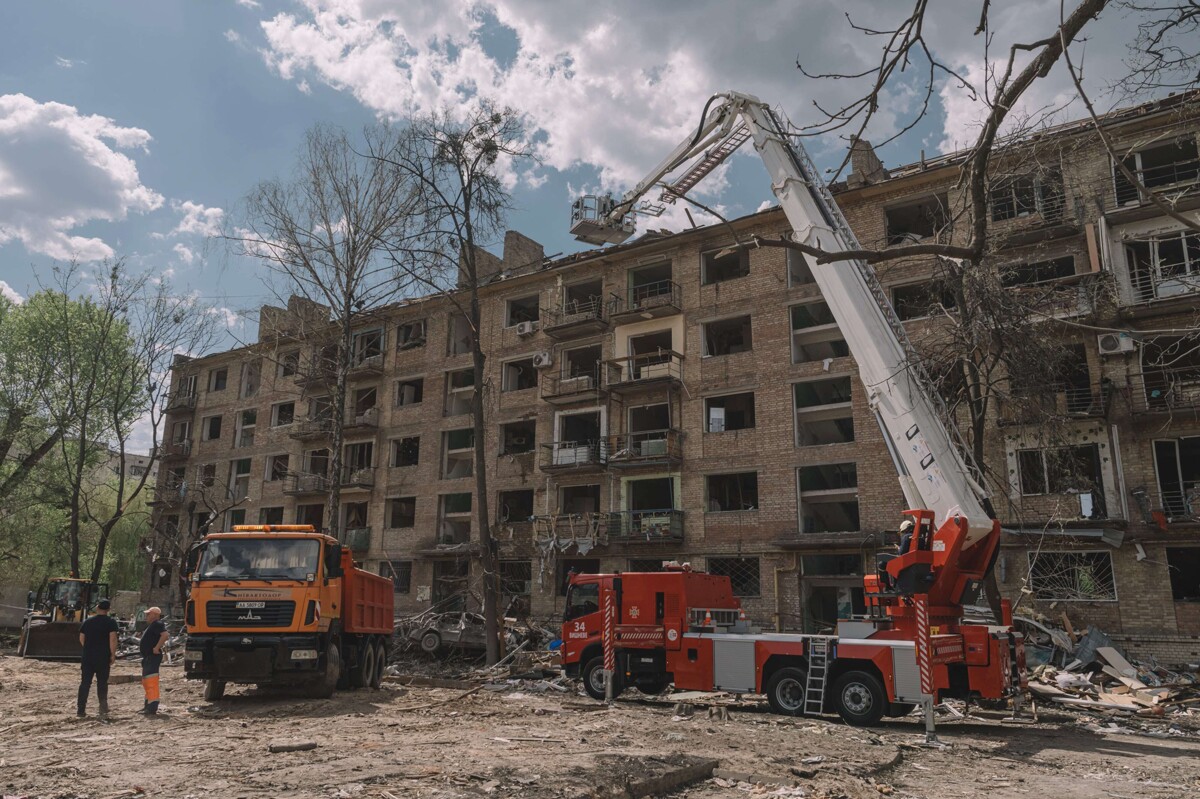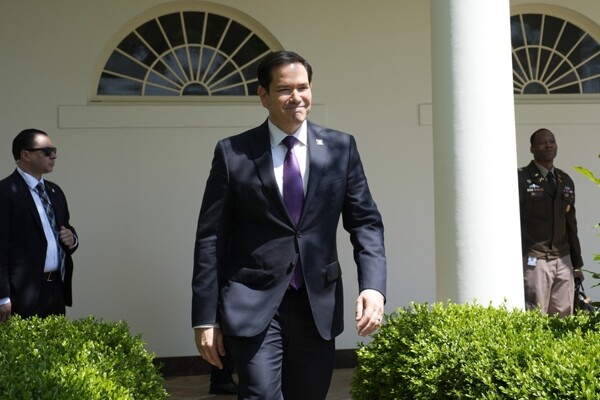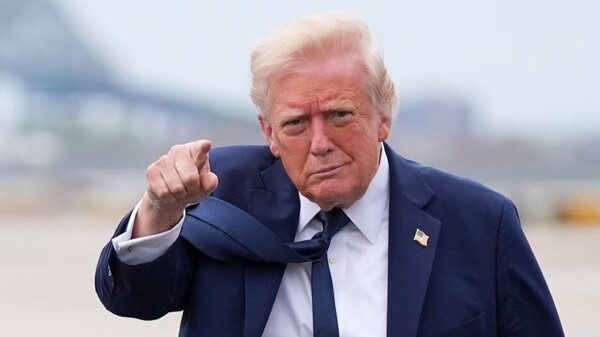
U.S. officials have drafted a set of options to increase economic pressure on Russia, as Vladimir Putin delays attempts to end the war in Ukraine. Trump has yet to make a decision, as diplomatic efforts continue. A spokesperson for Steve Witkoff, who met with Putin, has not responded.
The abrupt resignation of Trump’s national security adviser, Mike Waltz, and the appointment of acting Secretary of State Marco Rubio could influence U.S. strategy. Rubio, holding both positions, could optimize the strategy towards Ukraine. Moscow has refused to comply with U.S. demands for a permanent ceasefire, and Putin has maintained maximalist positions.
Ukrainian President Volodymyr Zelensky agreed to give the U.S. control of some future revenues to maintain Trump’s support and has backed calls for a truce of at least 30 days. Trump has threatened to sanction Russia if Putin does not participate in peace talks.
Lindsey Graham proposed a bill to impose new "crushing" sanctions against Russia if the war does not stop. The measures would include tariffs on buyers of oil, gas, and other Russian products. The United States would be willing to recognize Russia's control of Crimea and significantly freeze the conflict along existing battle lines.
The proposals are said to include the return of the Ukrainian nuclear power plant in Zaporizhia to Ukraine and security guarantees. Ukraine and its allies are calling for greater restrictions on energy and oil exports to force a ceasefire. Despite the sanctions, Putin has continued fighting. Lavrov, the Russian Foreign Minister, sees no possible changes in the situation.














